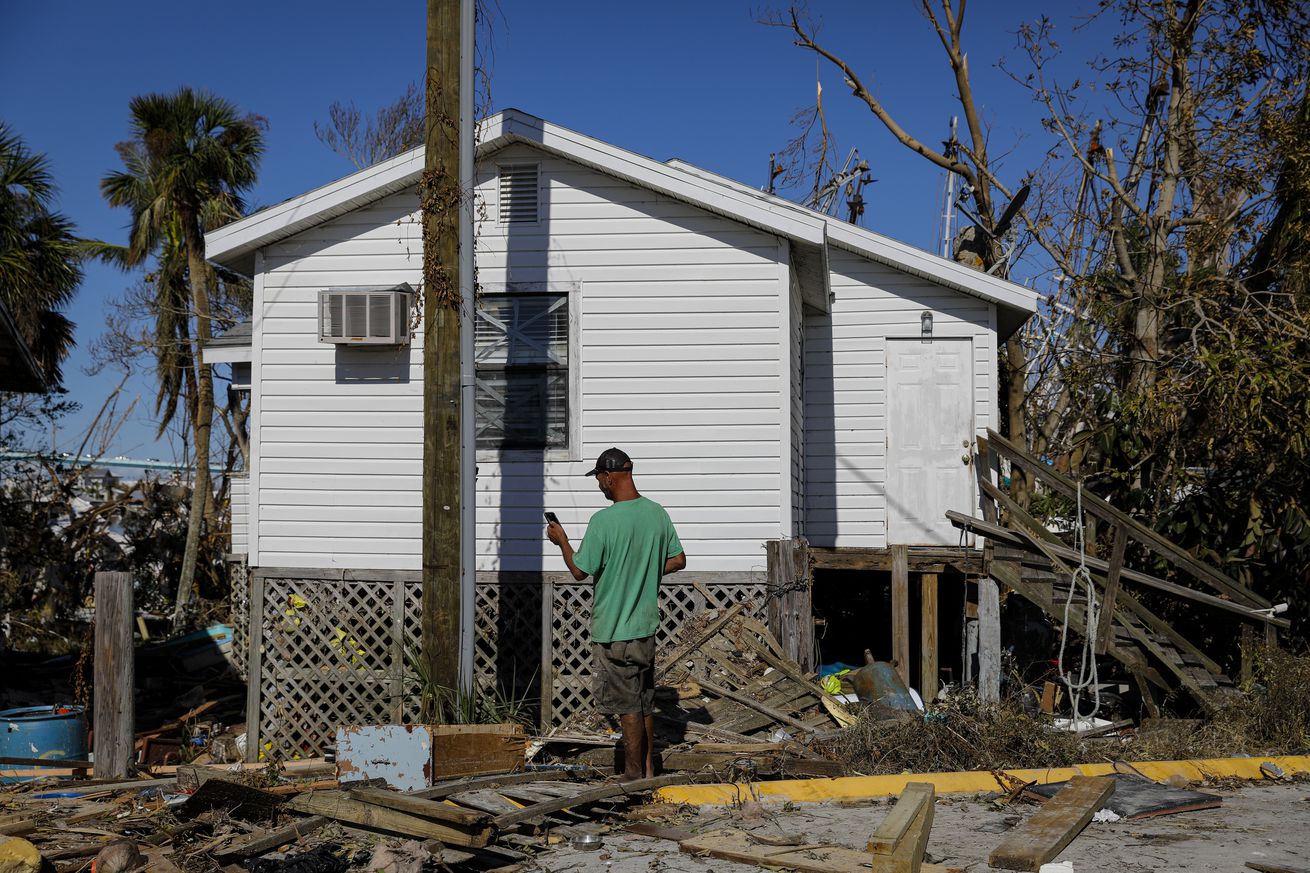
Disaster alert accounts are preparing for a world after Twitter
For years, Twitter has been a go-to for agencies that need to warn people during a rapidly changing crisis. The National Weather Service uses it to share hurricane and tornado alerts. Firefighting agencies tweet updates about where a blaze is headed. It’s supposed to give people a heads-up so that they can take precautions to keep themselves safe.
Recently, though, agencies have started facing the real possibility of losing that resource. Twitter announced in February that it would restrict access to its previously open API, and over the past week, it’s cut off public service accounts for agencies such as the National Weather Service, the New York Metropolitan Transportation Authority, and Bay Area Rapid Transit. The accounts were later reactivated with little explanation. But emergency responders emphasize that Twitter isn’t the only platform to find the latest news in a disaster — and it may be an increasingly unreliable one.
Agencies have started facing the real possibility of losing that resource
Twitter’s API service, after its changes, lets users post 1,500 tweets per month for free. Beyond that, prices can increase steeply — the hobbyist-oriented Basic tier lets users post 3,000 tweets for $100 a month, and a “low-cost” enterprise plan could reportedly soar as high as $42,000. And for many emergency accounts, the free tier won’t be enough.
Twitter’s new restrictions, for instance, could affect InciWeb, the Forest Service’s information management system for wildfires. InciWeb tweets updates on active fires across the US. During peak fire season, when several regions of the US are simultaneously ablaze, “we could easily reach that 1,500 limit,” says Stanton Florea, a spokesperson for the National Interagency Fire Service and National Forest Service. It could also be bad news for local fire agencies, sheriff’s departments, and 911 dispatch centers, which residents near a blaze might be more likely to follow. “I have been on [Twitter] for 15 years on some of the first very large fires where it was used in California,” Florea says. “Twitter’s just especially well suited for fire information [because of] the brevity and the economy of just being able to repeatedly send out short messages.”
Other emergency service operators are contending with Twitter’s API limits, too. Late last week, The NWS Tsunami Alerts account, which provides automatic information about potential tsunami risks, posted a thread stating that Twitter was limiting automated tweets. That meant NWS could no longer reliably tweet out automatic warnings. “We will make every effort to continue manual posts,” the agency wrote.
Susan Buchanan, the director of public affairs for the NWS, tells The Verge that Twitter’s new policy limits the agency’s accounts to 50 automated tweets per day, affecting the NWS accounts that tweet more than this limit. That not only includes the Tsunami Alerts account but also the NWS Tornado warning, Flash Flood, Storm Prediction Center, and some of its local accounts. Although these agencies are still free to tweet manually, this could delay the amount of time it takes for them to relay important information during emergencies.
“For every warning issued, seconds could make the difference between life and death.”
“Without this automated process, it would take minutes for forecasters to manually prepare warning information into a tweet,” Buchanan says. “For every warning issued, seconds could make the difference between life and death.”
There’s not apparently a consistent policy at Twitter for dealing with automated accounts. Platformer reported earlier this week that employees reviewed API restrictions on a case-by-case basis, restoring access “based on Musk and his team’s private rationale.” Musk has dissolved the company’s public relations office, which now routinely responds to requests for comment from reporters — including us at The Verge — with a poop emoji. And Twitter isn’t necessarily a reliable place to get information lately anyway, with fake accounts, climate misinformation, and hate speech flourishing under Musk’s leadership.
Buchanan says Twitter told NWS that “there are no plans for exemptions” on paying for API access. Some of the NWS’s accounts, including the Tsunami Alerts one, were suspended from Twitter without explanation, making Twitter seem even less reliable as a tool for providing emergency alerts. For all these reasons, Buchanan describes warnings on Twitter as a “supplemental service” and instead suggests that people have more than one way to receive weather information. That includes official NWS sites such as weather.gov.
Florea, with the Forest Service, similarly says that Twitter is just one tool to communicate with the public. Fire agencies also share updates on Facebook, and InciWeb includes an online map of active fires across the country. And a catastrophe like a wildfire can knock out internet access, so responders are careful not to rely solely on social media. “We’re really operating in the physical world too, where we have to have some old school means of submitting information to the public,” Florea tells The Verge. Emergency responders still visit community centers and put up signs, and National Interagency Fire Center says it has the largest civilian radio cache in the world.
When it comes to earthquakes, the United States Geologic Service (USGS) says it also has different tools to notify people who could be affected. While its Twitter account does share information about the location and strength of an earthquake, it also has a ShakeAlert app that’s able to warn people seconds in advance.
“The USGS does not rely on any single product, but rather we provide notifications through various social media and web-based platforms and use many different tools like texts, emails, and wireless emergency alerts (WEA) delivered by FEMA’s Integrated Public Alert and Warning System (IPAWS),” the agency says in an email to The Verge. For some people, that might feel like a lot to keep track of — but it makes everyone less vulnerable if one system, like Twitter, fails.

